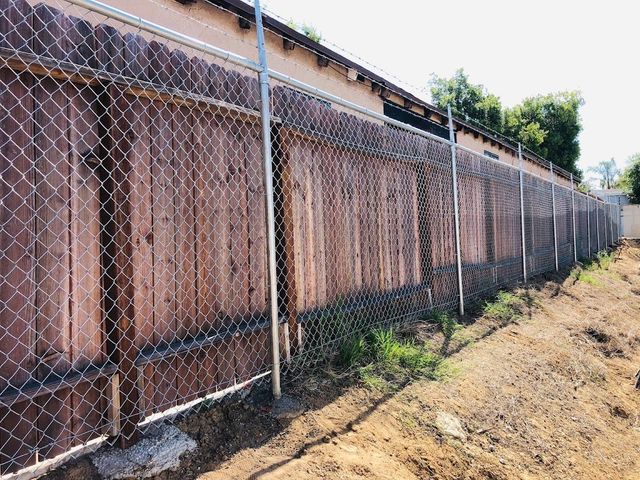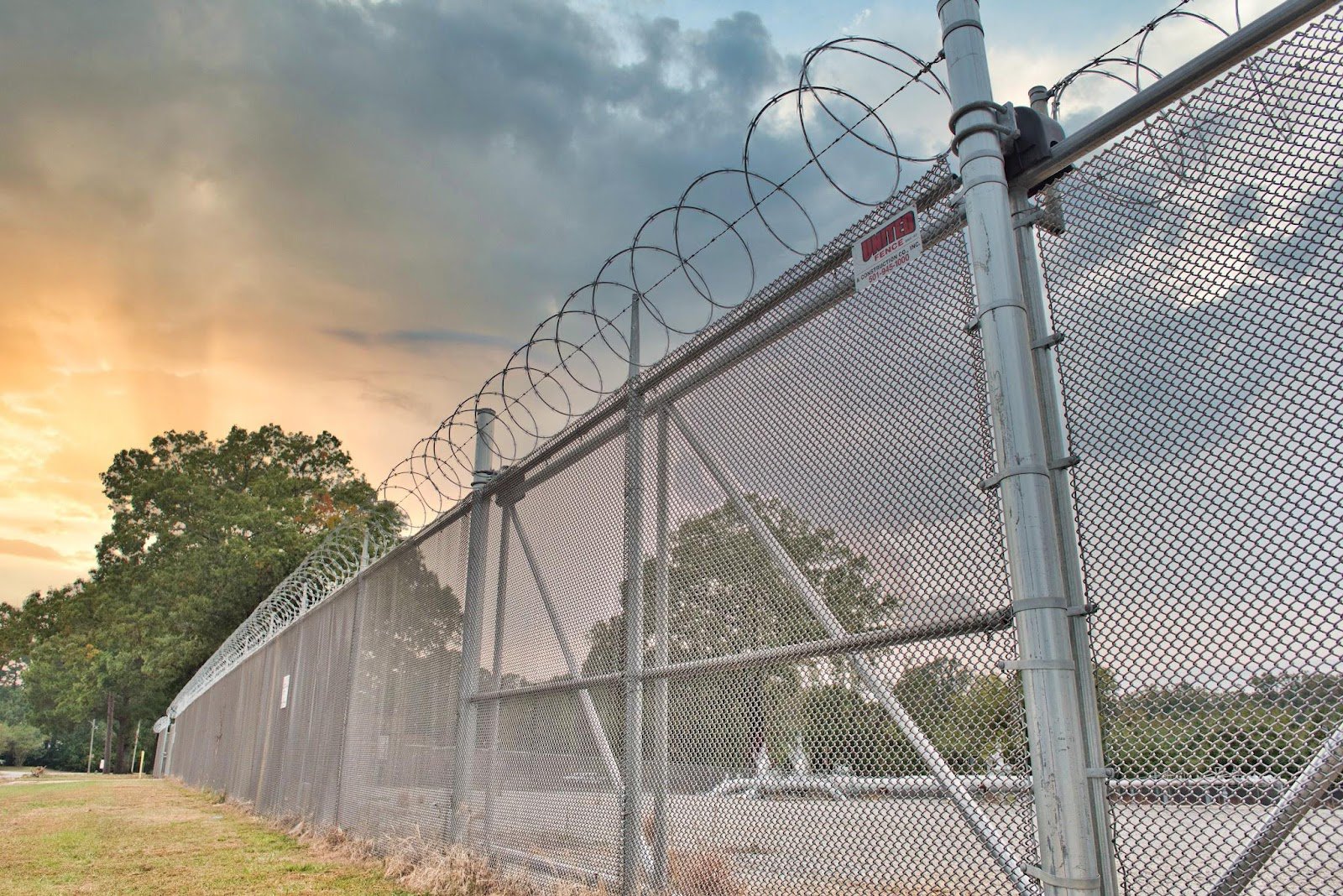All Categories
Featured

When thinking about setting up a fence on your residential or commercial property, among the most essential actions is to understand whether you require a license. Fencing setups commonly call for a permit to ensure that the framework follows local zoning laws, developing codes, and safety and security criteria. The particular licenses needed can differ relying on your place, the type of fencing you plan to mount, and the height or positioning of the fencing. Below's an overview to help you navigate the procedure of getting a fencing authorization and make certain that your installation is legal and problem-free.
Why You Required a License for a Fence Setup. The permit procedure aids regional authorities validate that your fencing does not interfere with traffic presence, regard your residential or commercial property lines, or break elevation constraints. Setting up a fence without an authorization can result in fines, removal of the fence, or hold-ups in building and construction, so it's vital to check whether a permit is required before starting your task.
Kinds Of Licenses You May Require. There are a couple of typical sorts of permits you could require for a fence setup:
Structure Permit. A building permit is one of the most typical authorization needed for fencing installations. This permit ensures that the fencing meets safety criteria and is created according to neighborhood building codes. A structure permit is usually required if the fence goes beyond a certain elevation (usually 6 feet), is made of certain products, or is situated near a public pathway or roadway.
Zoning Authorization. A zoning permit may be required to validate that your fence adheres to neighborhood zoning laws. Zoning guidelines can determine where a fencing can be positioned on your home, just how high it can be, and whether it is allowed in specific locations (such as along residential or commercial property lines or ahead backyards) For instance, some districts have policies limiting the elevation of fence the front lawn to guarantee exposure for pedestrians and vehicle drivers.

Setback Permit. You might require a setback permit if you are developing a fence near your property line or close to a road. An obstacle refers to the distance a structure, consisting of fences, must be from the building line. Trouble laws differ by place, and making certain that your fencing is put correctly can stop problems with next-door neighbors and avoid offenses.
Property Owner Organization (HOA) Approval. You may require approval from them in addition to local licenses if you live in a neighborhood regulated by a House owner's Organization (HOA) HOA policies typically cover the kind of products, elevation, style, and shade of fencings. Also if your regional federal government does not require a license, your HOA might still have specific standards that need to be adhered to.
How to Apply for a Fence Authorization. To obtain a fence license, you'll need to contact your regional structure division or planning workplace. The application procedure generally involves filling in a form, paying a charge, and submitting a website strategy of your building that reveals the proposed location of the fencing. You might additionally need to include details regarding the products, height, and design of the fence.
In many cases, a neighborhood authorities may need to check your property before approving the permit. When the license is granted, you will be licensed to proceed with your fencing installation.
When Is a License Not Needed? In particular situations, an authorization might not be needed. These situations can include:
Reduced Height Fences: In many locations, fencings that are listed below a particular elevation (frequently 3 to 4 feet) might not require an authorization, specifically if they are placed in the backyard or various other non-visible areas.
Fence Substitute: If you're replacing an existing fence with the very same elevation and product, some locations might not call for a brand-new license.
Non-Obtrusive Fencings: Momentary or decorative fences, such as those utilized for horticulture or landscaping objectives, may not need authorizations as long as they are not permanent and low.
However, it is very important to get in touch with your regional zoning workplace or structure division, as guidelines can differ by jurisdiction.
Repercussions of Not Acquiring a Permit. Stopping working to get the essential authorizations can cause substantial effects. These include fines, compelled removal of the fence, and even hold-ups in building. Furthermore, if your fencing does not fulfill neighborhood laws, you can face legal issues with neighbors or local authorities.

Verdict. By making certain that you comply with neighborhood guidelines and acquire the essential licenses, you can stay clear of costly mistakes and ensure that your fence is lawfully certified. Inspect with your regional building division, HOA, and zoning office to identify what licenses are needed for your certain fence job.
Latest Posts
Check Out the Premier Auto Repair Offers in Montclare, Chicago
Published en
1 min read
Find the Premier Auto Repair Offers in Montclare, Chicago
Published en
1 min read
Explore Reduce Expenses on Car Maintenance with Montclare Auto Repair’s Limited-Time Deals
Published en
1 min read
More
Latest Posts
Check Out the Premier Auto Repair Offers in Montclare, Chicago
Published May 27, 25
1 min read
Find the Premier Auto Repair Offers in Montclare, Chicago
Published May 27, 25
1 min read
Explore Reduce Expenses on Car Maintenance with Montclare Auto Repair’s Limited-Time Deals
Published May 26, 25
1 min read